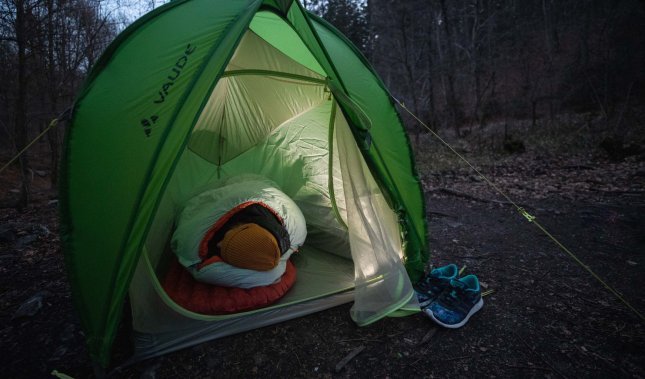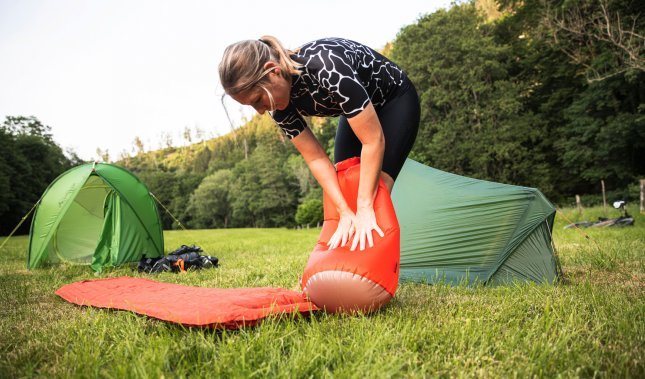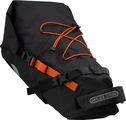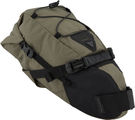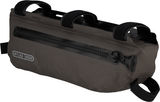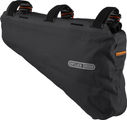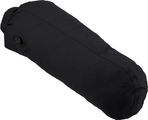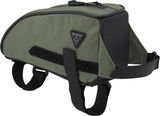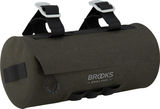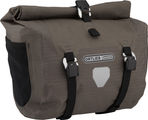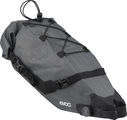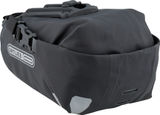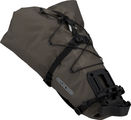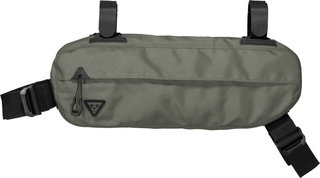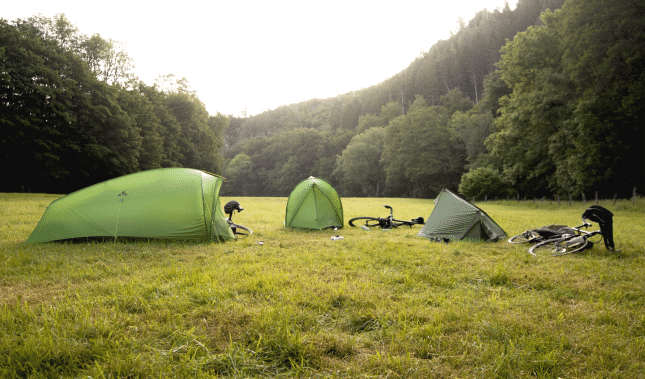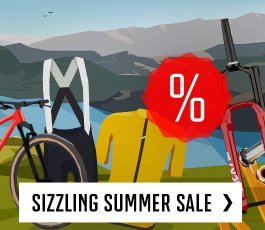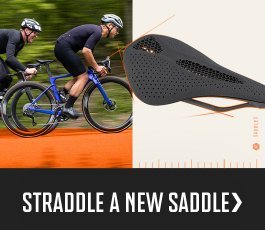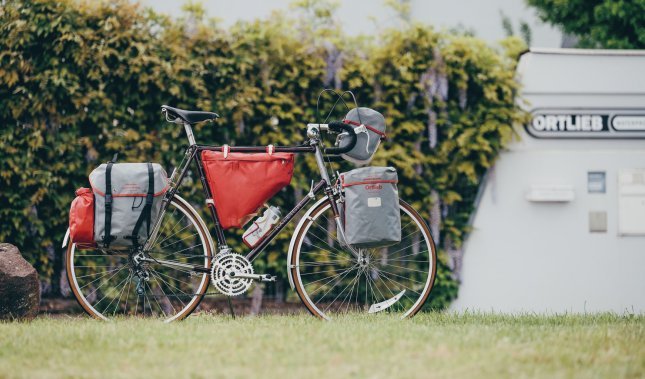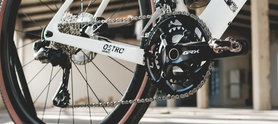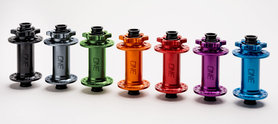Bikepacking • Accessories
Plan your bikepacking adventure with the perfect gear! From waterproof bags to ultra-light sleeping systems to smart navigation - here you'll find everything you need for your tour. Discover our top accessories and start your next adventure perfectly equipped! Read More HereOUR Bikepacking • Accessories RECOMMANDATIONS
Our Suggestions
Pack your bike - Your adventure awaits!
Bikepacking means freedom, adventure, and minimalism. To make your tour a success, you need the right gear. Whether you're a beginner or an experienced long-distance rider - we have the perfect bikepacking accessories for you!
The Right Bikepacking Gear
- Bikepacking Bags: Choose from frame bags, saddle bags, and handlebar bags for the right solution.
- Sleeping Systems: Light tents, bivy sacks, and sleeping pads for restful nights.
- Stoves & Camping Equipment: Compact gas stoves, ultra-light pots, and smart packing strategies.
- Navigation & Safety: GPS devices, offline maps, and first aid kits for rough terrain.
Packing List for Your Bikepacking Tour
When packing, every gram counts. Our checklist will help you take everything you need - without unnecessary weight:
- Basic Equipment: Helmet, multitool, spare inner tube, power bank
- Clothing: Functional clothing following the layering principle
- Food: Dehydrated food, water filter, snacks
- Emergency Equipment: First aid kit, repair kit, light & reflectors
Tips for a Perfect Tour
- Packing Strategy: Heavy items in the frame bags, light items on top.
- Tour Planning: Use apps like Komoot or RideWithGPS for the perfect route.
- Overnight Stays: Campsites or wild camping? Check local rules.
Whether it's a short trip or a long adventure - with the right preparation, you can fully enjoy your adventure. Whether you're setting out for the first time or you're an experienced long-distance rider - the right equipment will determine the success and fun of bikepacking. With the right bags, a thoughtful packing plan, and reliable tools, you can focus entirely on your adventure instead of worrying about missing equipment. For more tips, check out our blog posts below.
FAQ: Frequently Asked Questions about Bikepacking Gear
Do I need a special bike for bikepacking?
- No, but gravel or MTB bikes are often better suited for unpaved paths.
How much luggage should I take on a bikepacking trip?
- Maximum 8–15 kg, depending on distance, terrain, and comfort needs.
Which bikepacking bags do I need?
- Frame bag, saddle bag, handlebar bag, and possibly a fork bag for optimal weight distribution.
How waterproof are bikepacking bags?
- Depends on the material. Roll-top closure and TPU coating offer the best protection.
What sleeping option is best for bikepacking?
- Tent, bivouac sack, or tarp – depending on the weather, comfort needs, and region.
How do I navigate when bikepacking without mobile phone reception?
- GPS devices with offline maps, compass, or paper maps as backup.
Can I go bikepacking with an e-bike?
- Yes, but battery management is essential - plan for a spare battery or charging points.
How do I plan a multi-day bikepacking route?
- Research route length, elevation, water sources, and overnight spots in advance.
What clothing is ideal for bikepacking?
- Lightweight, functional layers following the onion principle for varying weather conditions.
What's in a bikepacking emergency kit?
- Multitool, spare inner tube, patch kit, zip ties, first aid kit, and a small power bank.
Advice
Tips and Tricks
